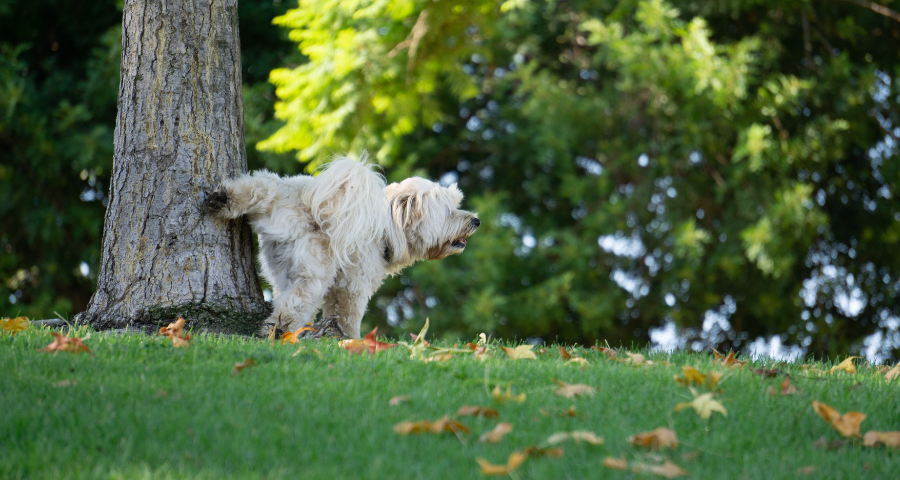
A little bit of wee goes a long way
A urine test is a simple and effective method for us to check the health of your pet’s urinary system. A urine test provides a large amount of information on the health of your pet and can be helpful in identifying conditions such as bladder stones and obstructions, kidney disease, diabetes, urinary tract infections, and other metabolic conditions. In this blog, we look at two conditions which can be detected with testing a urine sample and how you can collect a sample from your pet at home.
Kidney disease
Just like humans, our pets have kidneys too. The role of the kidneys is to:
- Filter out waste from the blood to produce urine.
- Maintain the balance of fluids and electrolytes within the body.
- Produce hormones and enzymes that help regulate various metabolic functions throughout the body.
When there is a problem with any aspect of the kidneys’ function, this is referred to as kidney disease or renal failure.
A urine test, combined with a blood test, can measure different enzymes and substances in the urine and blood to determine if the kidneys are functioning normally. Further diagnostic tests may often also be indicated, including imaging (x-rays or ultrasound), blood pressure measurement and further blood tests.
Bladder stones and obstructions
Bladder stones are rock-like accumulations of minerals which can form in the bladder. The bladder stones can occur as a few larger stones or multiple smaller stones. The smaller stones can sometimes block the urethra, which is the outflow tube from the bladder, causing pain or difficulty with urination.
If the bladder cannot empty urine, not only is this painful for the pet, but the toxic products that are normally excreted out of the body in urine build up in the bloodstream and can result in kidney damage and other problems. A blocked bladder is also at risk of rupturing, which is painful and results in urine leaking into the abdominal cavity causing disease.
Depending on their size, number and location, bladder stones can often be diagnosed via a combination of urine tests, physical examination and imaging (x-rays).
How to collect a urine sample
If you notice a change in your pet’s urination, such as discoloured urine or increased frequency of urination, then we recommend booking them in for a health check and a urinalysis.
You can even collect a urine sample on the day of the appointment to help save time.
With dogs, collecting a urine sample is usually a matter of waiting until they go to urinate, and then catching a sample of the urine into a clean and dry container such as a plastic bowl or jar. Once the sample is collected, you can bring it into the vet hospital along with your pet for testing.
For cats, collecting a urine sample can be a bit trickier. If your cat uses a plastic litter tray, you can remove the cat litter and replace it with a non-absorbent crystal litter (available from the clinic), and then when the cat urinates you can tip a small amount of urine from the tray into a clean plastic container.
If you collect the sample prior to your appointment please refrigerate it until your visit to help preserve the sample.
If you’re unable to collect a urine sample from your cat at home one of our vets will be able to collect it during the consult, provided your feline friend hasn’t visited the tray just prior. We can sometimes palpate and express a cat’s bladder to collect a urine sample. If this is not possible, we may consider using a technique called cystocentesis, which involves collecting a urine sample from the bladder by passing a needle through the abdomen – we can explain this procedure in more detail if it is recommended.
If you have any questions, please do not hesitate to contact our friendly veterinary team.



